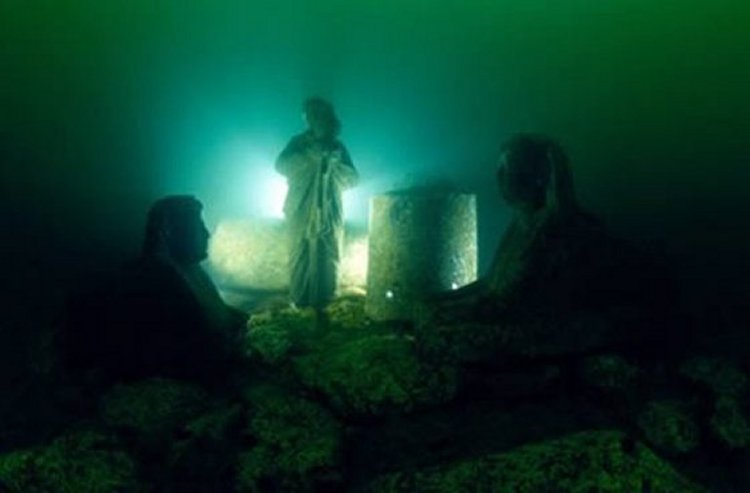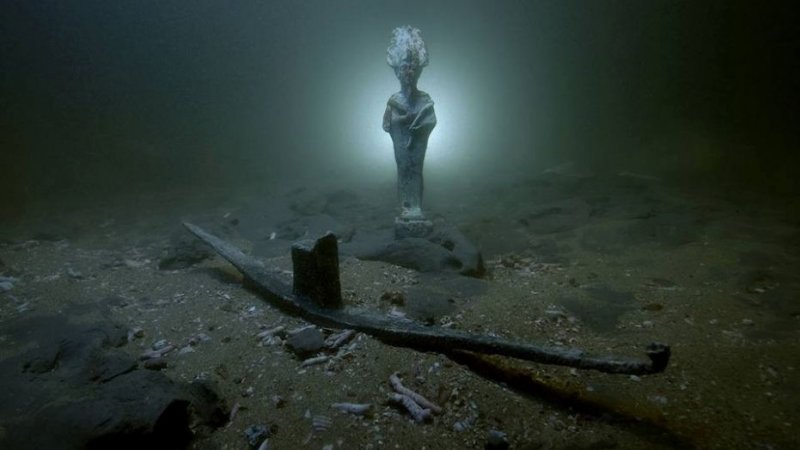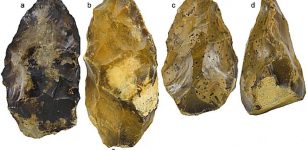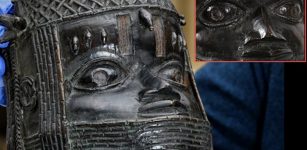Stunning Ancient Roman Artifacts And Three Shipwrecks Discovered Underwater Off The Coast Off Alexandria, Egypt
AncientPages.com - Three shipwrecks packed with stunning artifacts dating back to the Roman era have been found underwater on the seabed of northern coastal province of Alexandria.
The findings include a votive bark, or boat, depicting Egyptian god Osiris and a crystal Roman head probably depicting the Roman army commander Marc Antony and three gold coins from the reign of Emperor Augustus, who ruled from 27 B.C. to 14 A.D.
The votive bark, or boat, depicting the pharaonic god Osiris found in Abu Qir Bay (Egyptian Ministry of Antiquities)
The finds were discovered during underwater excavations carried out by a joint mission from the Ministry of Antiquities' Underwater Archaeology Department and the European Institute of Underwater Archaeology in Abu Qir Bay and Alexandria's eastern harbor.
Underwater archaeologists believe that the discovery may lead the mission to other hidden treasures and perhaps to a fourth shipwreck that might be uncovered during the coming season.
See also:
Stunning Underwater Photos Reveal Secrets Of Legendary Lost City Of Heracleion
Mysterious 3,000-Year-Old Underwater Urartu Castle Discovered
Crimean Atlantis: Remarkable Ancient Underwater City Of Akra
The evidence consists of large wooden beams and remains of pottery vessels, which may have been the cargo of a fourth ship.
One of the gold coins dating back to the time of the Emperor Augustus (Egyptian Ministry of Antiquities)
Alexandria is distinguished by having sunken treasures dating back to the fourth and second centuries BC, besides some other shipwrecks dating back to the first and second world wars.
It is also here underwater archaeologists found the lost kingdom of Cleopatra that served as a gateway to Egypt. This mysterious legendary city is submerged in Egypt’s Aboukir Bay, near Alexandria and there is every reason to think many priceless ancient artifacts are still hidden underwater.

Mysterious ancient figures buried beneath the water.
© Franck Goddio/Hilti Foundation, photo: Christoph Gerigk
Featuring thousands of artifacts, Cleopatra's sunken city, along with the city of Heracleion and other underwater antiquities, led the Egyptian government in 1996 to propose establishing an underwater museum for their display, an idea that is supported by the UNESCO but yet to be carried out.
AncientPages.com
Expand for references





















